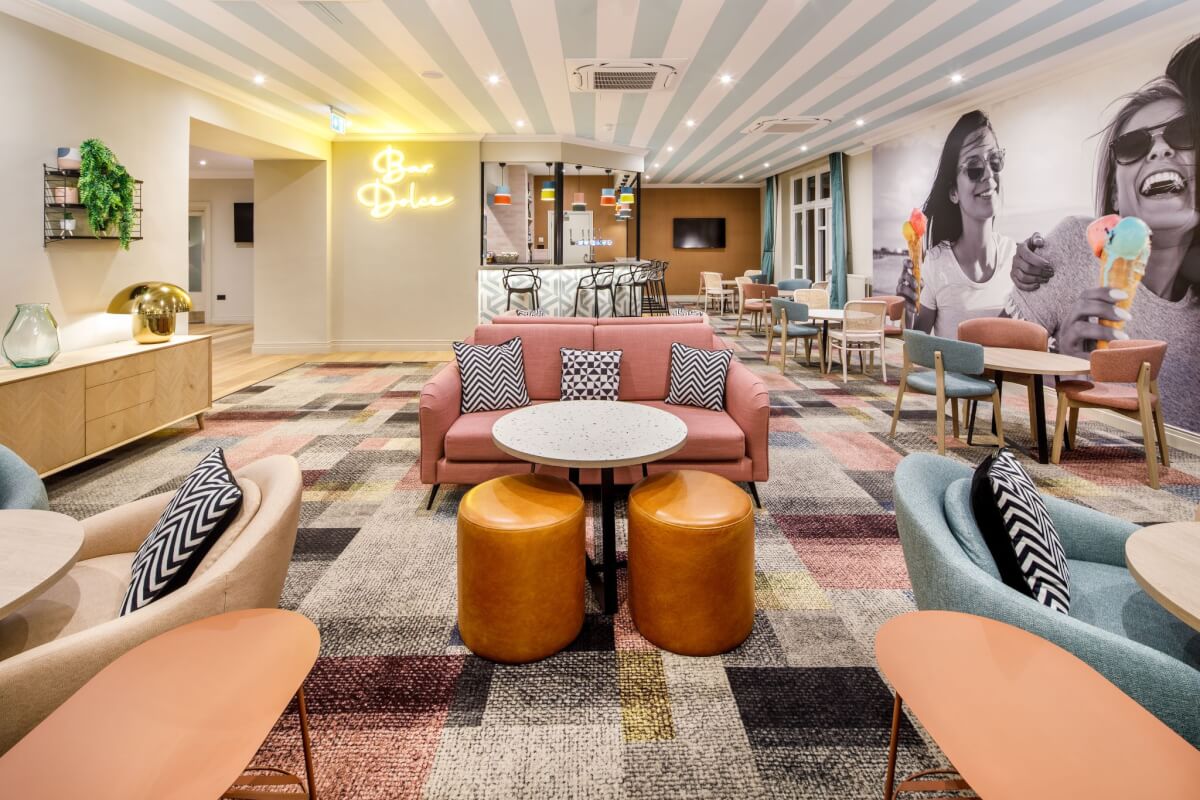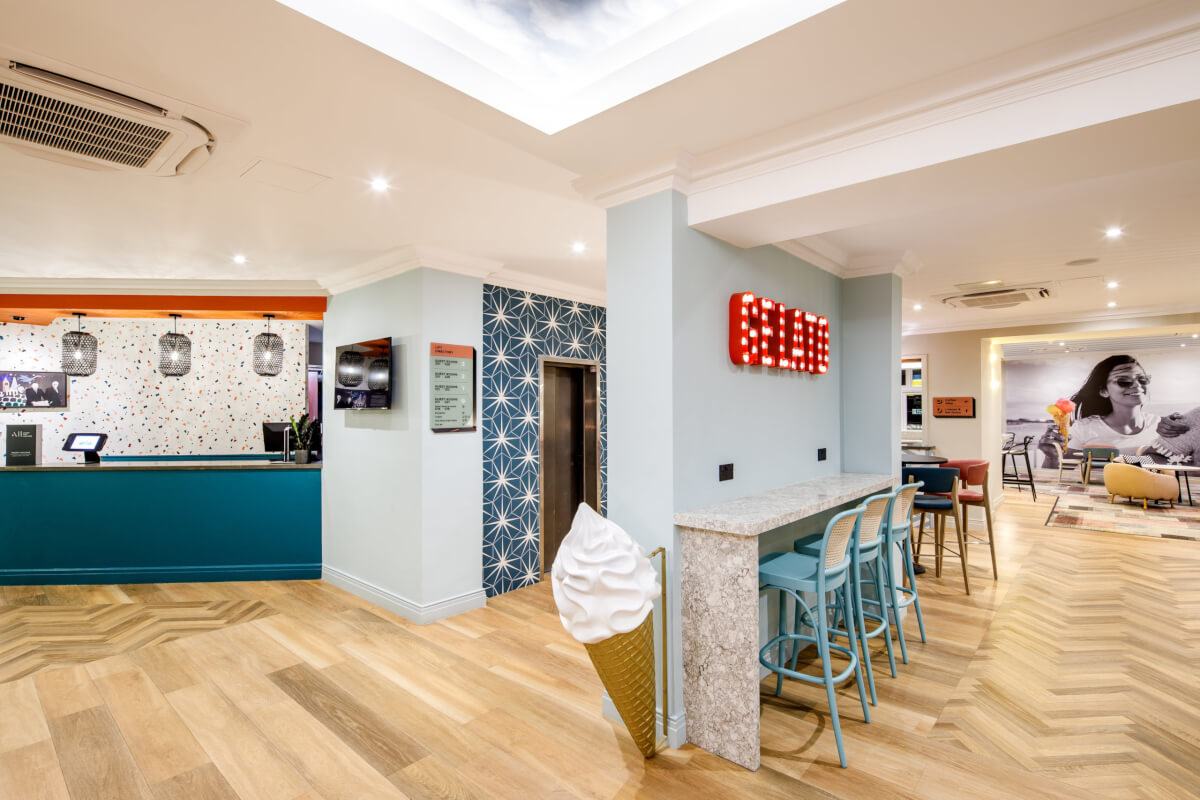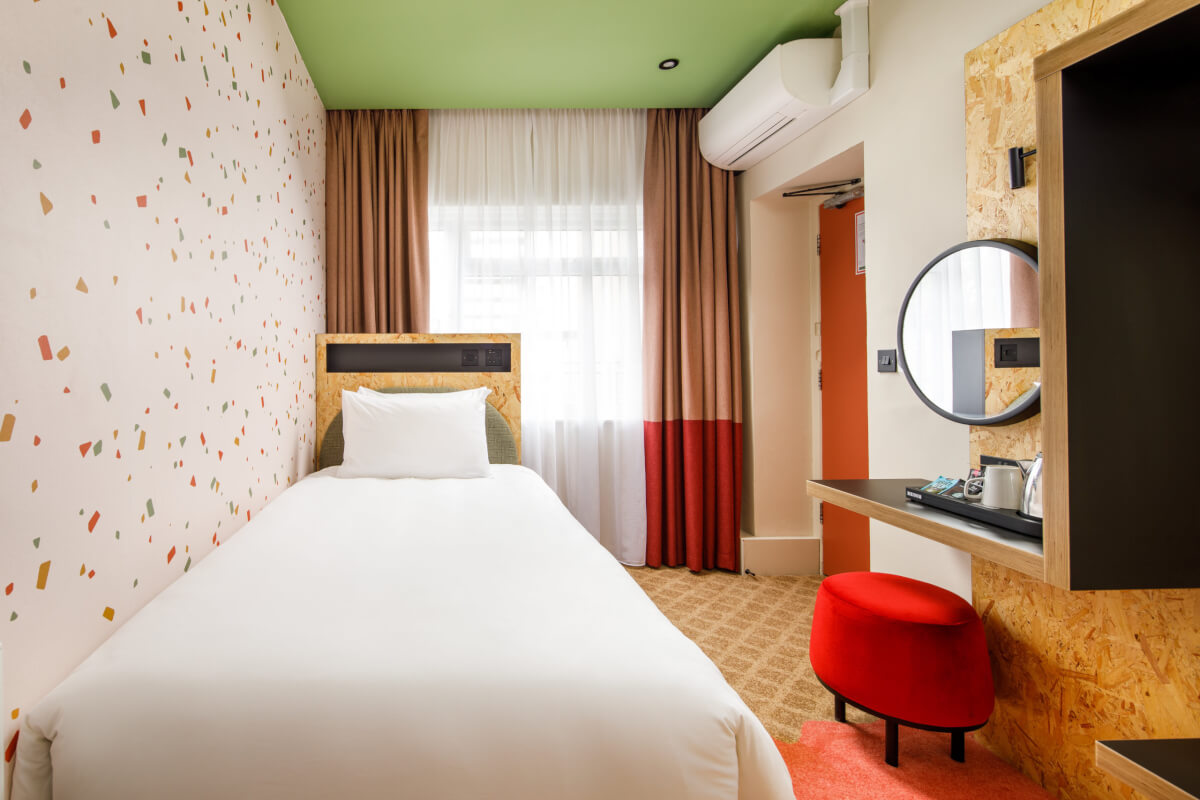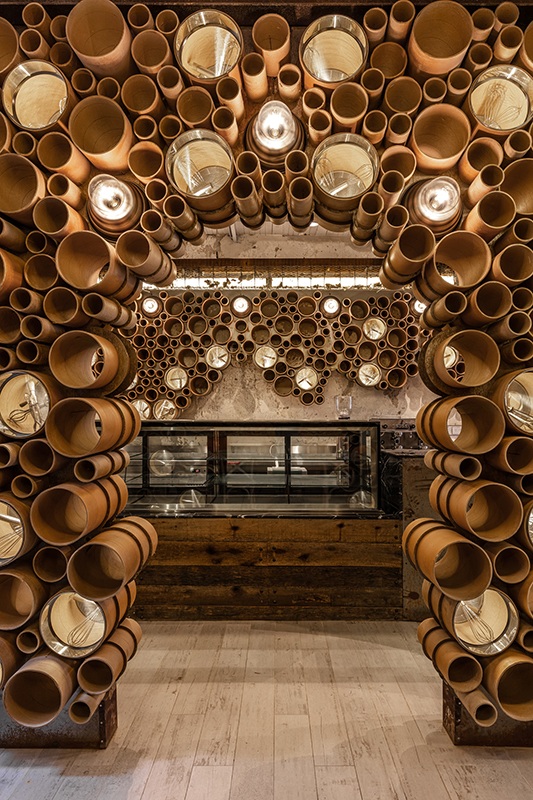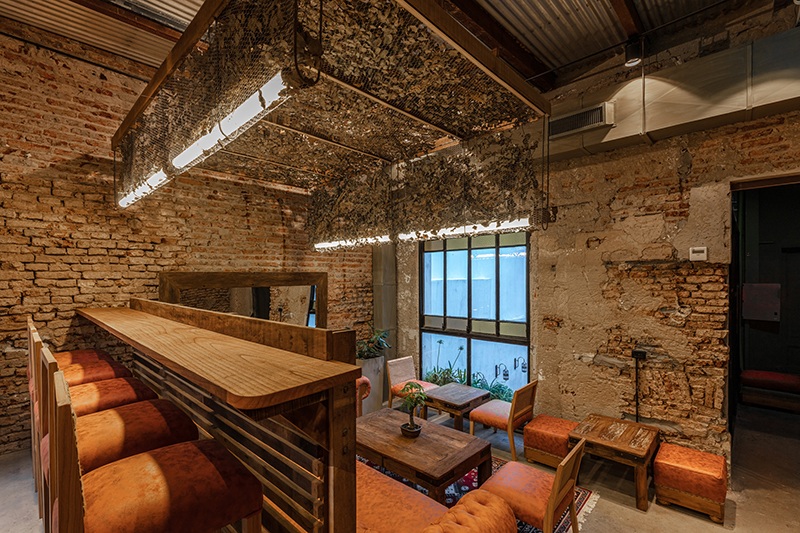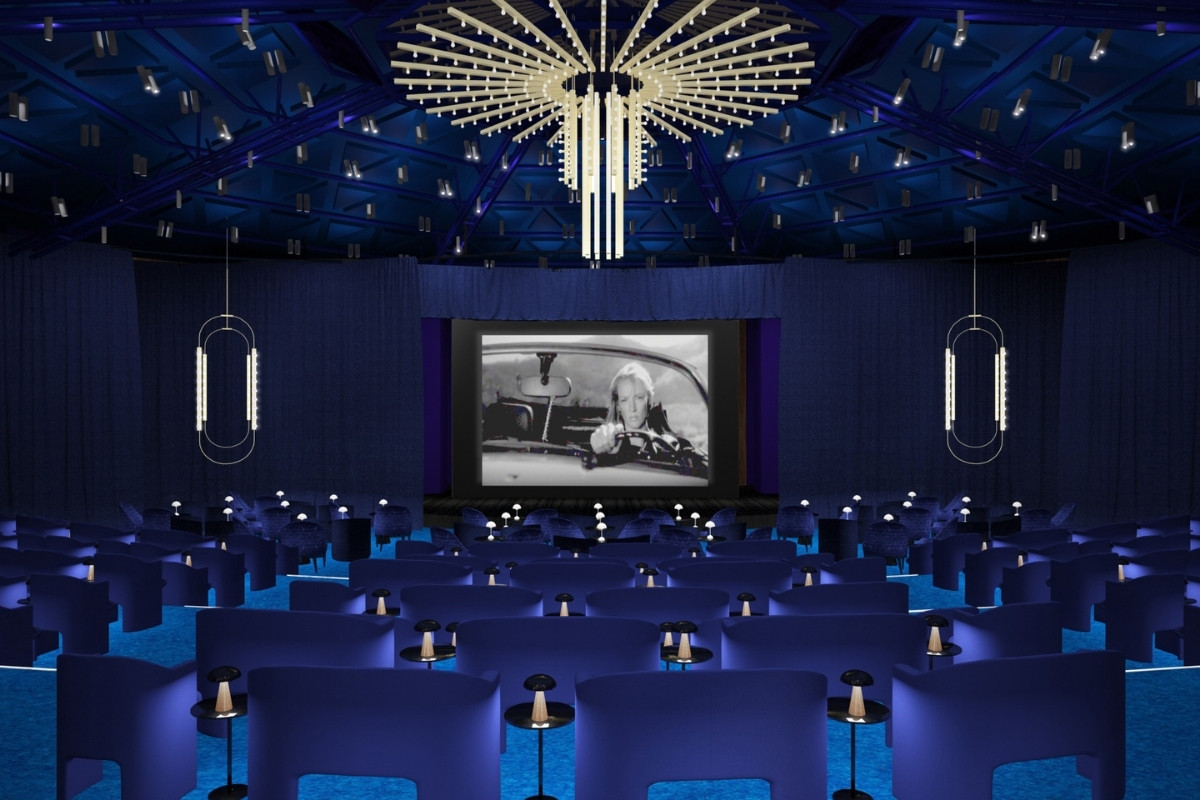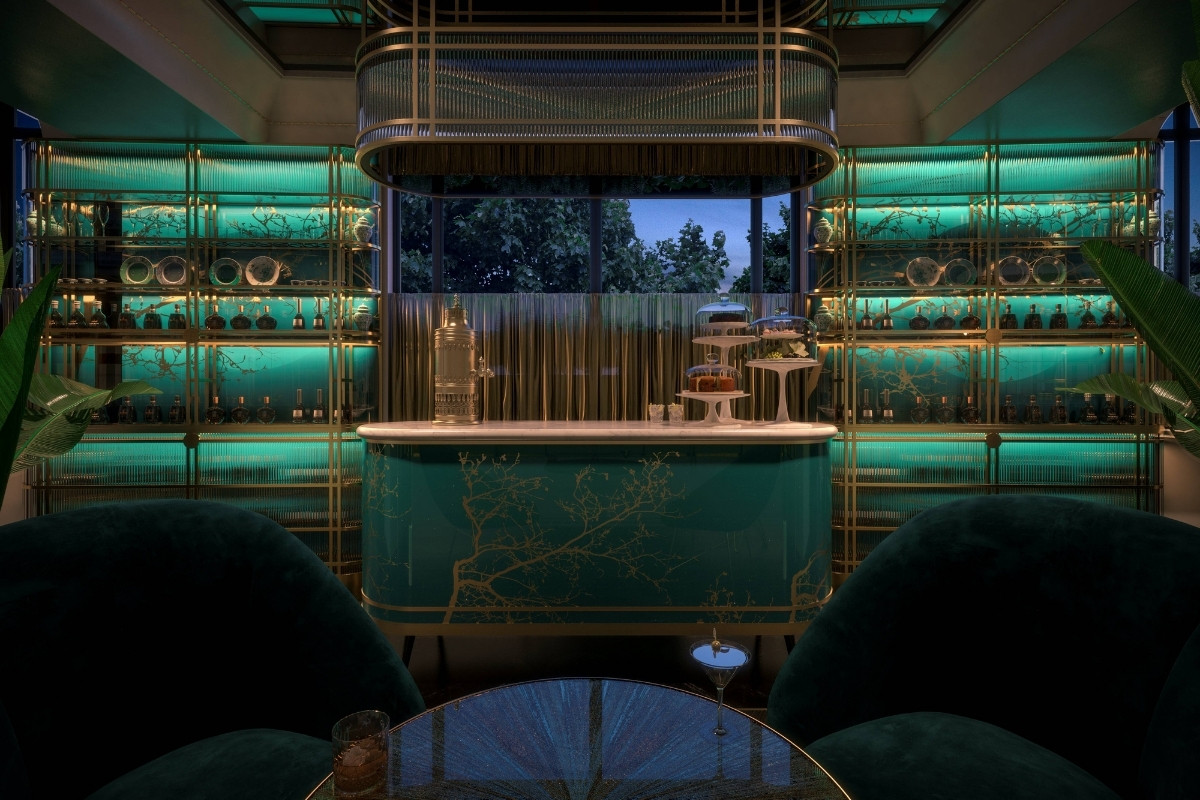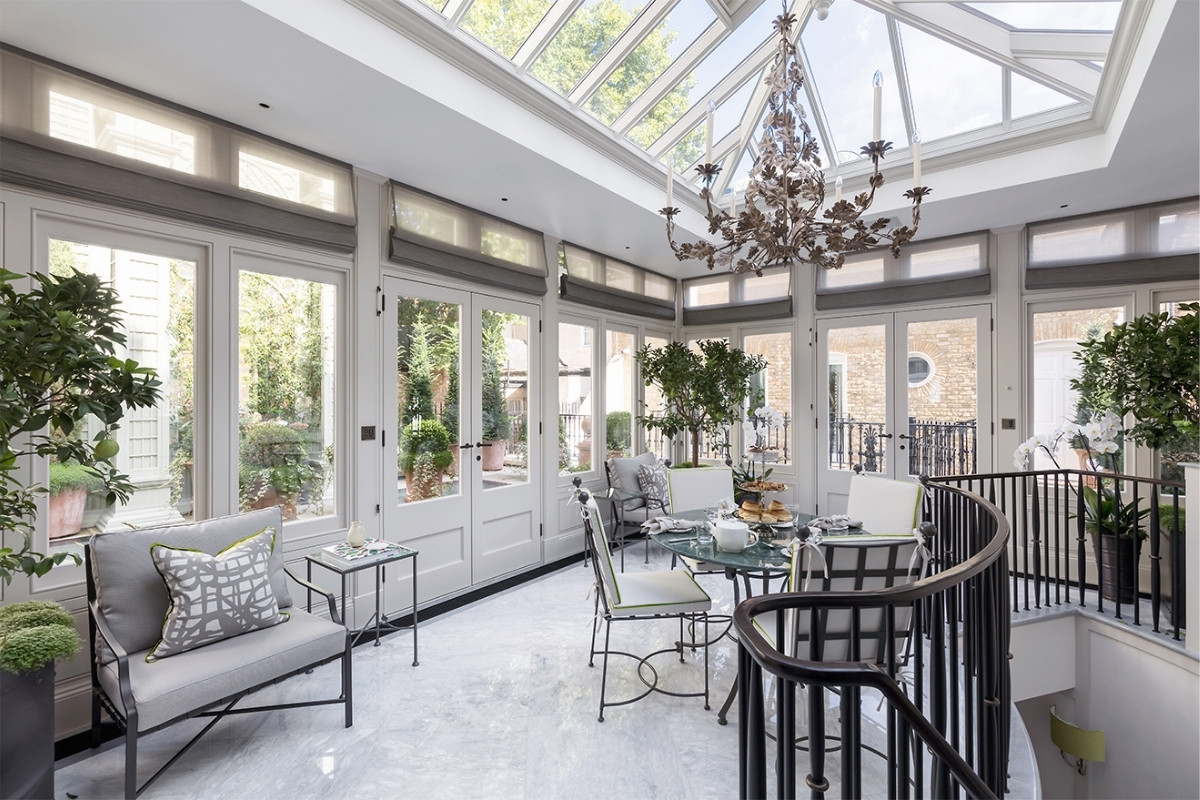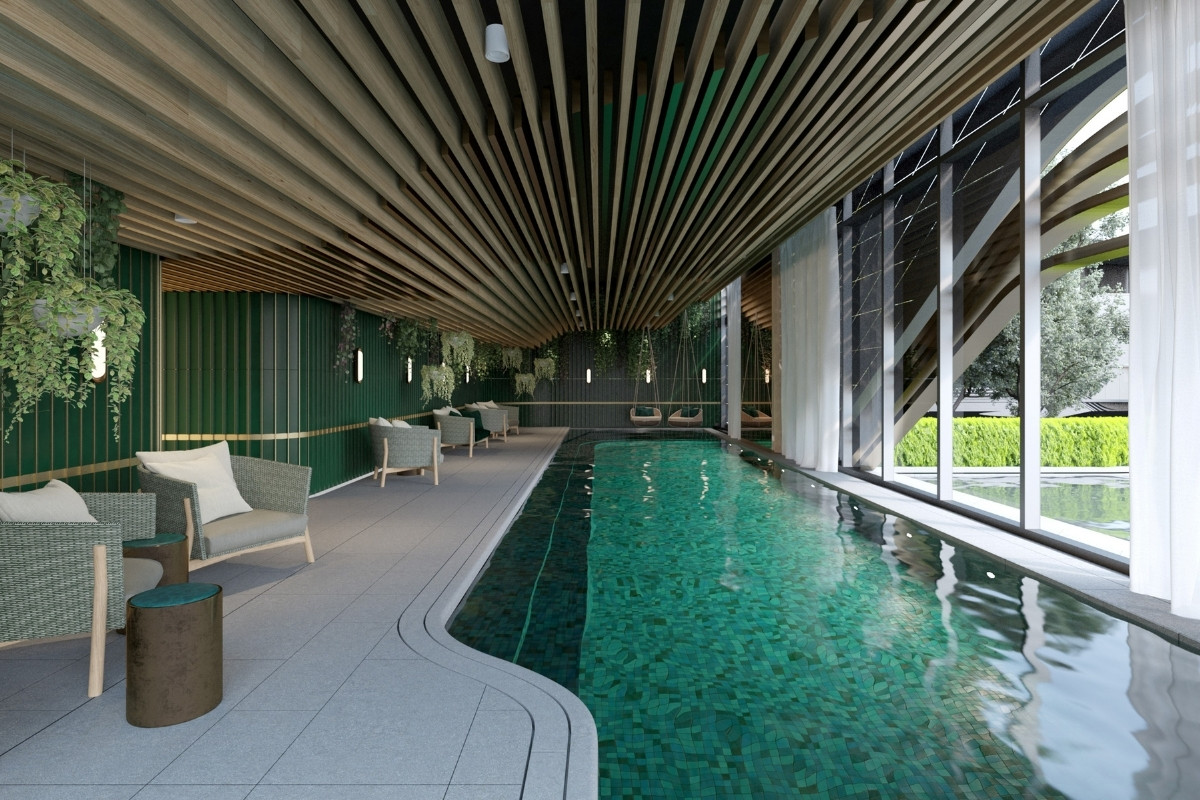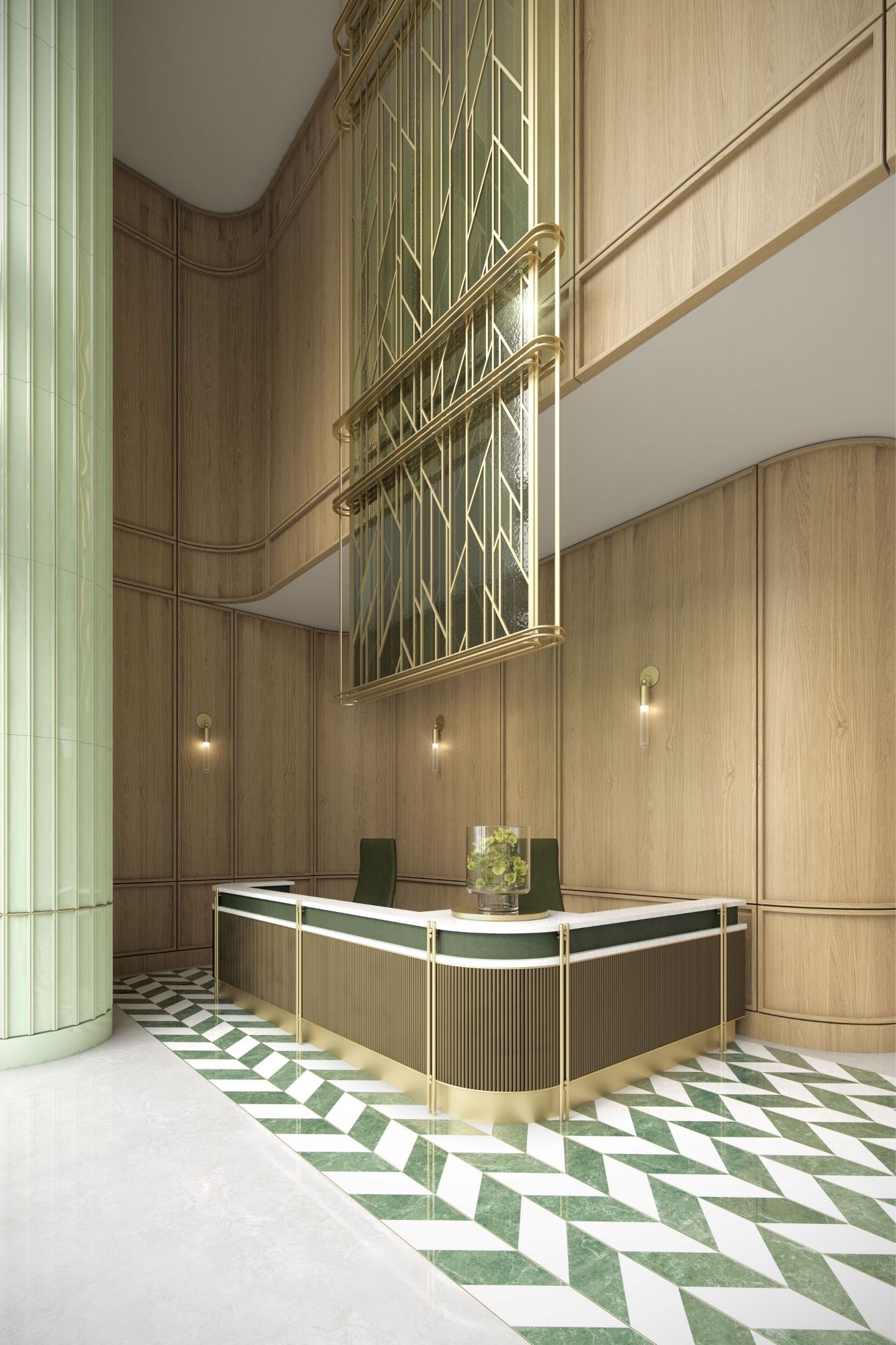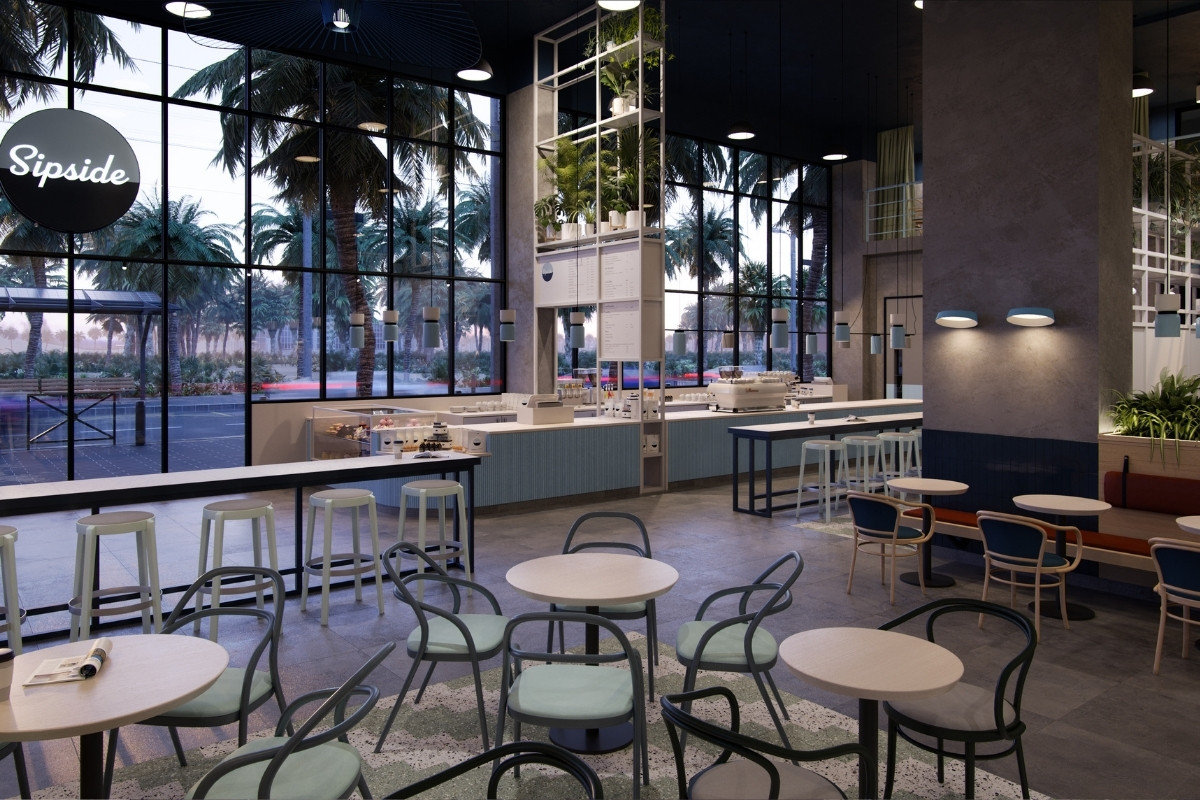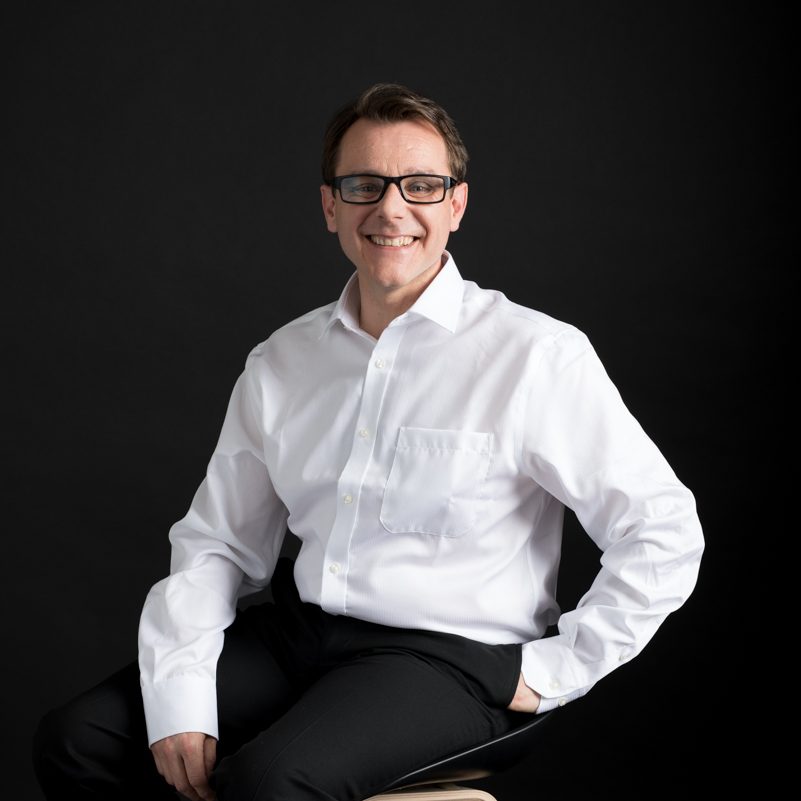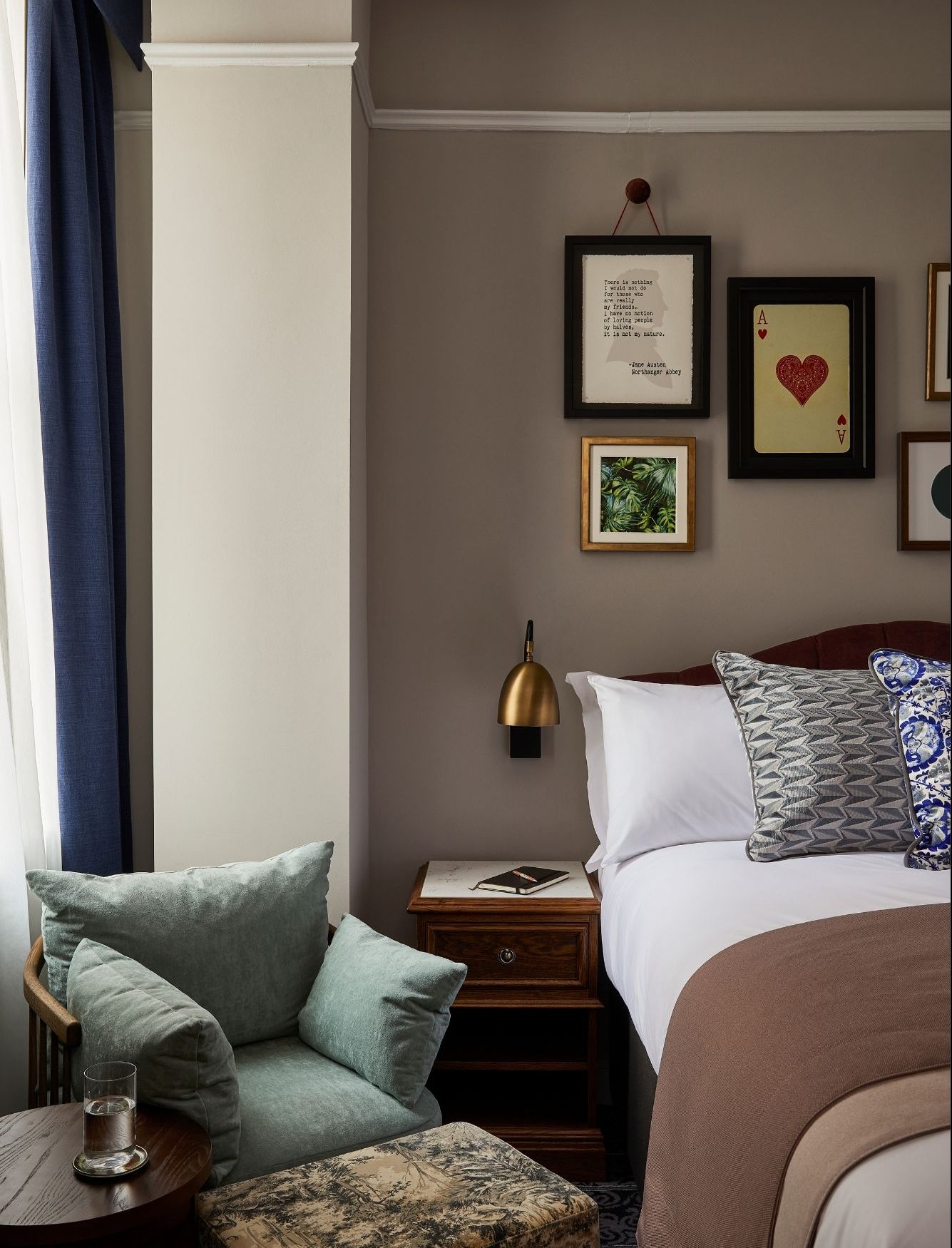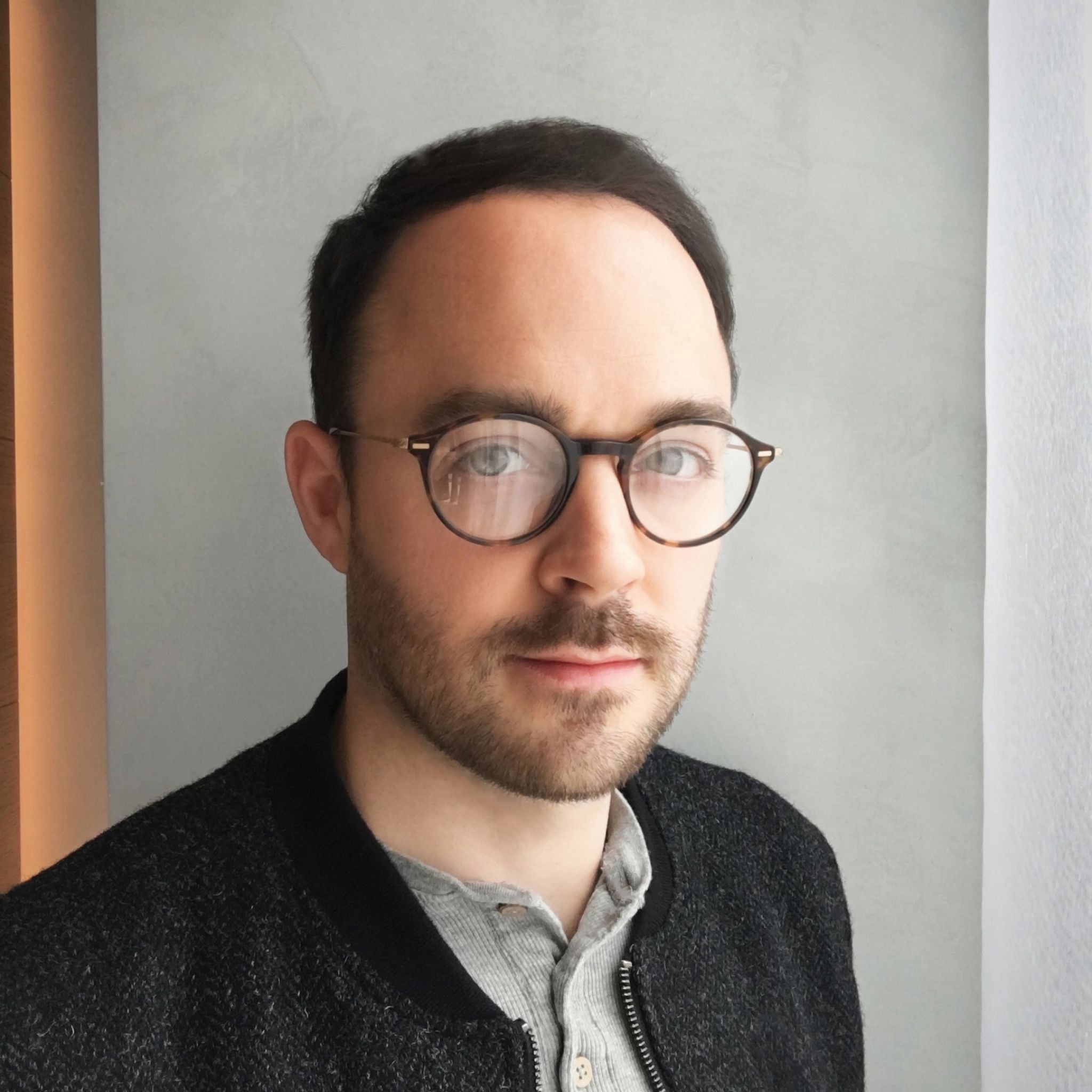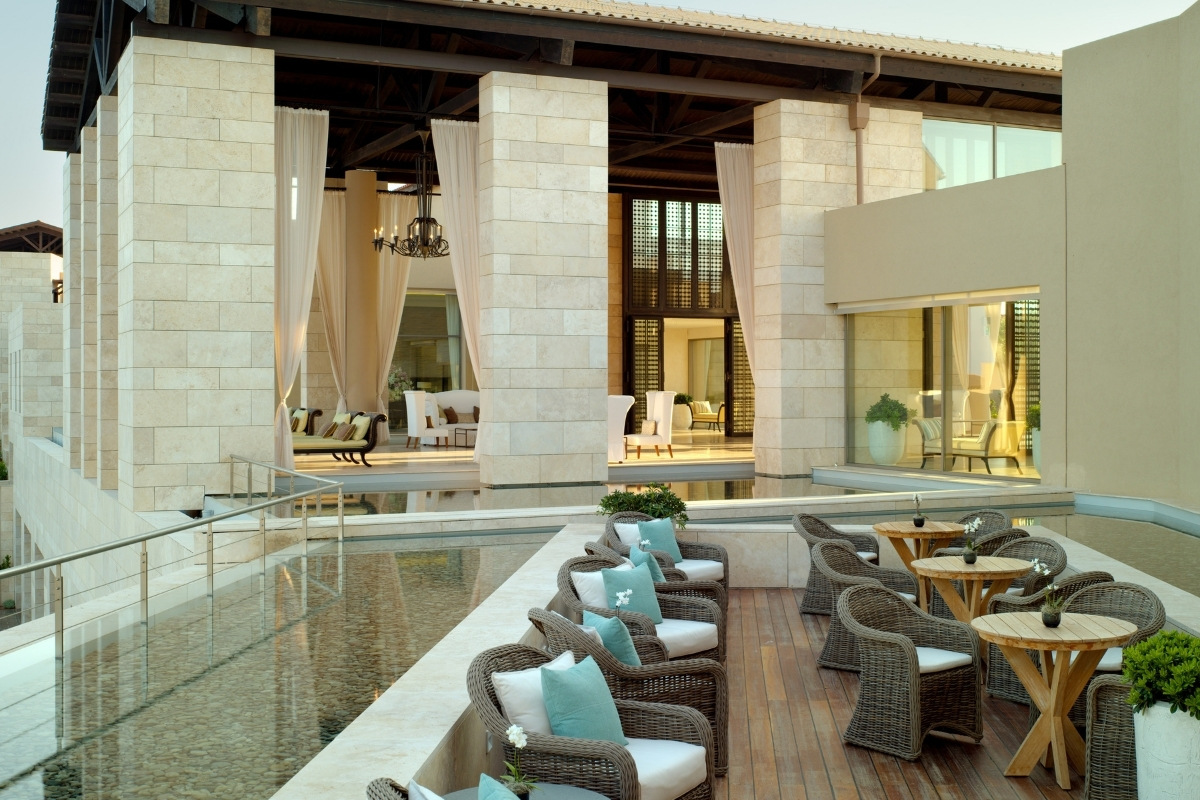This week’s instalment of Project of the Week series features an intricate historical bar design by 2021 SBID Awards Finalist, SHH.
SHH created new design strategies for The Bar at The Dorchester alongside proposals for transforming an adjacent under-utilized space into one that complimented the function of The Bar. Proposals needed to ensure that each of the spaces be versatile in that they could be used comfortably by guests, and that these guests’ needs could be functionally provided for, during mornings, afternoons and through into the evening, guaranteeing constant usage of the space throughout the whole day.
The requirements for The Bar included an ability during the day to operate as a lounge serving small plates and bar snacks, and doing so without compromising its essential use as an evening cocktail venue. The design proposal balanced display, visibility, intimacy and privacy with seating flexible enough to adjust to smaller pairings and larger groups.
Making use of a richly detailed palette of materials, the design interwove references to the history of the bar and hotel, references to the sites pre-hotel past, and to the stories and events that have taken place within its walls.
SBID Awards Category: CGI & Visualisation
Practice: SHH
Project: Dorchester Hotel Mayfair
Location: London, United Kingdom
